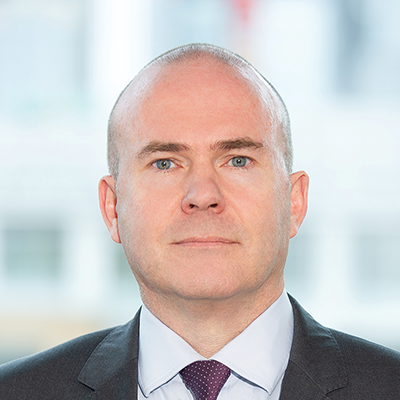Public Fixed Income Market Roundtable
Greg: 2021 was a year of strong recovery, though not without its ups and downs. Martin, can you start by discussing the fundamental backdrop for developed market fixed income issuers today?
Martin: It was certainly a year of recovery. Many companies now look fairly well-positioned heading into 2022, supported by the continued re-opening of economies and largely successful vaccine rollouts around the world. Earnings have been improving across the board, and defaults are expected to remain low for the foreseeable future. At the same time, employment levels continue to improve, and the consumer looks relatively healthy. While there are concerns around inflation amid rising raw material costs and supply side disruptions, many companies have been able to pass those costs through to the consumer. That said, the casualties from the tangled supply chain will have repercussions for some time to come, and we have likely not yet seen the full effects of wage inflation—both of which could lead to some erosion of companies’ margin levels.
Greg: Tunde, how does Martin’s assessment stack up with what you’re seeing as you look across the EM corporate debt landscape?
Omotunde: Similar to developed markets, corporate fundamentals across EM have improved dramatically amid the vaccine rollout and persistent demand for commodities. Revenues and EBITDAs have largely recovered from the double-digit declines of last year, and net leverage is now below 2019 levels for many corporates. EM corporate default rates have also remained low relative to historical standards.
As we think about the year ahead, the potential headwinds that come to mind are similar to what Martin mentioned—namely that factors like supply chain bottlenecks and chip shortages introduce more inflationary pressure for EM corporates. While most companies have been able to pass higher costs to the consumer, there are questions around how much margin compression may result from continued inflationary pressures going forward. On the positive side, we've seen a significant amount of refinancing in 2020 and 2021, meaning many companies have locked in lower funding costs and now have a stronger buffer against these pressures, which should help keep corporate fundamentals relatively stable.



